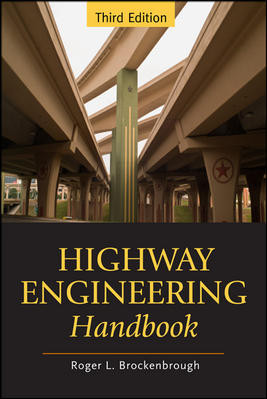The U.S. Supreme Court ruled on April 23 that the U.S. Clean Water Act does have authority to regulate pollutants in groundwater that reach key water-bodes indirectly from a point source such as a wastewater treatment plant or industrial facility. The case involves a sewage treatment permitting dispute in Maui, Hawaii.
While the much-awaited ruling, in a 6-3 decision written by Justice Stephen Breyer, rejected a 2018 decision by a San Francisco appeals court to allow a broad lawsuit by environmental groups to proceed and returned the case to that court, application of the law to groundwater "nonpoint source" pollutants is a victory for them..
The ruling also appears to have ignored EPA policy issued last year in the wake of the Maui dispute that declared groundwater-carried pollution not subject to federal permitting.
But it remains unclear as to when and how that type of pollution now will meet Breyer's new standard of being the "functional equivalent" of a direct discharge that would need the EPA discharge permit.
Also affected are groundwater pollutants from oil pipeline ruptures and power plant coal-ash leaks that are the subject of other pending litigation in the federal courts.
Environmental attorney Thaddeus Lightfoot at Dorsey & Whitney says the decision "consigns EPA and permit applicants to a case-by-case determination" of how permit requirements now will apply under the law. "Litigation and EPA ad-hoc determinations are likely to follow."
Larry Liebesman, a former U.S. Justice Dept. environmental attorney who now is a senior adviser at Washington, D.C., water resource consulting firm Dawson & Associates, says EPA will likely have to develop new rulemaking and a public comment process to clarity.
"Until there is clearer guidance from EPA the uncertainty over what 'functional equivalent' means could really complicate permitting for utility and infrastructure projects," he says.
"Justice Breyer's factors are very general and may not represent the universe of factors that could be considered. It may be very hard to determine if a particular discharge into groundwater that reaches a surface water body meets this test and you will likely see various federal courts providing different interpretations in specific cases."






